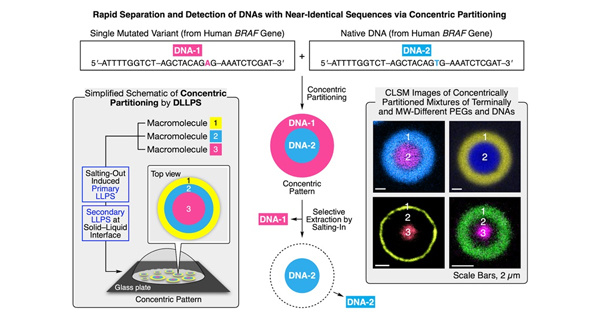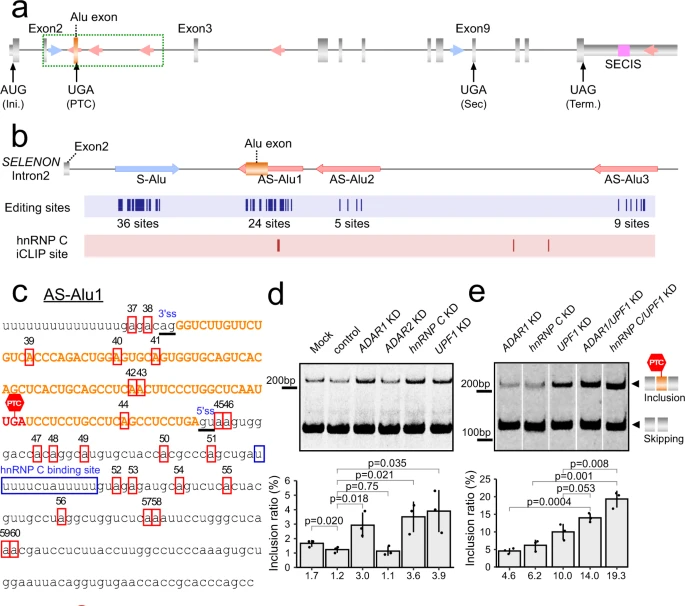Share this
Authors
Shoichiro Tani, Hiroyuki Okada, Shoko Onodera, Ryota Chijimatsu, Masahide Seki, Yutaka Suzuki, Xiaonan Xin, David W. Rowe, Taku Saito, Sakae Tanaka, Ung-il Chung, Shinsuke Ohba, and Hironori Hojo
Summary
Although the skeleton is essential for locomotion, endocrine functions, and hematopoiesis, the molecular mechanisms of human skeletal development remain to be elucidated. Here, we introduce an integrative method to model human skeletal development by combining in vitro sclerotome induction from human pluripotent stem cells and in vivo endochondral bone formation by implanting the sclerotome beneath the renal capsules of immunodeficient mice. Histological and scRNA-seq analyses reveal that the induced bones recapitulate endochondral ossification and are composed of human skeletal cells and mouse circulatory cells. The skeletal cell types and their trajectories are similar to those of human embryos. Single-cell multiome analysis reveals dynamic changes in chromatin accessibility associated with multiple transcription factors constituting cell-type-specific gene-regulatory networks (GRNs). We further identify ZEB2, which may regulate the GRNs in human osteogenesis. Collectively, these results identify components of GRNs in human skeletal development and provide a valuable model for its investigation.
Cell Reports: https://www.cell.com/cell-reports/fulltext/S2211-1247(23)00287-5
These Related Stories


